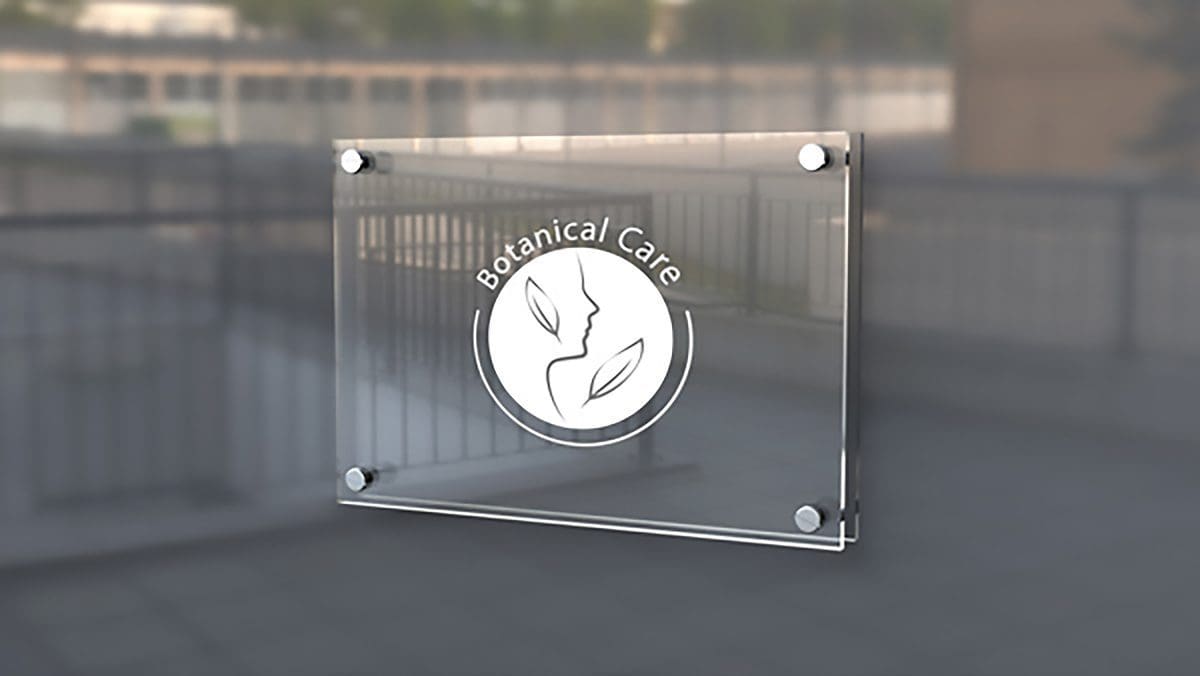Understanding Acrylic Choices for Signage
Selecting the right acrylic for signage is crucial for ensuring visibility and durability. Among the popular options, P95 and P99 acrylic often cause confusion due to their similar applications but distinct properties. This FAQ will clarify the differences and help you make an informed decision.
Frequently Asked Questions (FAQ Overview)
What is P95 acrylic?
P95 acrylic is known for its matte finish, which effectively reduces moderate glare. It is available in various thicknesses, making it versatile for different signage needs. Commonly used in environments where glare control is necessary but not critical, P95 acrylic offers a balance between aesthetics and functionality. However, it may not be suitable for areas with intense direct lighting.
What is P99 acrylic?
P99 acrylic features an enhanced anti-glare surface, making it ideal for high-visibility signage in environments with direct light exposure. Compared to other acrylic types, P99 provides superior light diffusion, ensuring clear readability. Its properties make it a preferred choice for outdoor signage and displays that require maximum visibility.
Why does acrylic surface finish matter for signage?
The surface finish of acrylic significantly impacts signage clarity by reducing reflections. A well-chosen finish enhances readability and contributes to the overall aesthetic appeal. Understanding acrylic types and properties is essential for selecting the right material that meets both functional and visual requirements.
How do P95 and P99 differ in terms of glare control?
The primary difference between P95 and P99 acrylic lies in their texture and light diffusion capabilities. P95 offers moderate glare reduction, suitable for controlled lighting conditions, while P99 excels in minimizing glare in direct light, addressing common acrylic glare issues. This distinction affects signage visibility, especially in varying lighting environments.
Do they differ in durability and thickness options?
Both P95 and P99 acrylics are durable, but they offer different thickness ranges to accommodate various applications. While both can withstand environmental challenges like UV exposure and humidity, their potential lifespan may vary based on usage conditions. Choosing the right thickness is crucial for ensuring longevity and performance.
Which is easier to maintain?
Both acrylic types require gentle cleaning methods to prevent scratches and fading. Avoid using abrasives and opt for soft cloths and mild cleaners. Proper maintenance ensures that your acrylic signage remains vibrant and clear, making acrylic for signage a practical choice for long-term use.
How do I choose the right acrylic for my signage applications?
When selecting acrylic for signage applications, consider factors such as budget, environment, and desired appearance. P95 is suitable for indoor use with moderate lighting, while P99 is better for outdoor or high-light areas. Evaluate your needs based on glare control, thickness, and durability to make the best decision.
Key Takeaways
Understanding the major differences between P95 and P99 acrylic is essential for choosing the right material for your signage. Selecting the appropriate acrylic type ensures optimal performance and longevity, enhancing the effectiveness of your displays.
Need help?
For personalized guidance on selecting the right acrylic for your signage needs, feel free to contact us. Sign up for our newsletter to stay updated on the latest in acrylic applications and share this FAQ with others who might benefit from this information. Learn more about
acrylic signs to explore which option best suits your needs.

